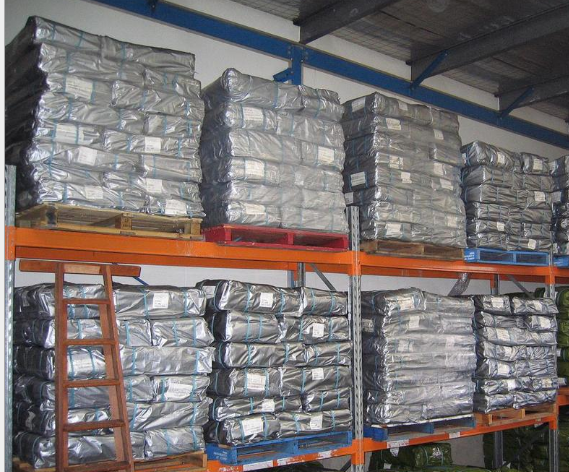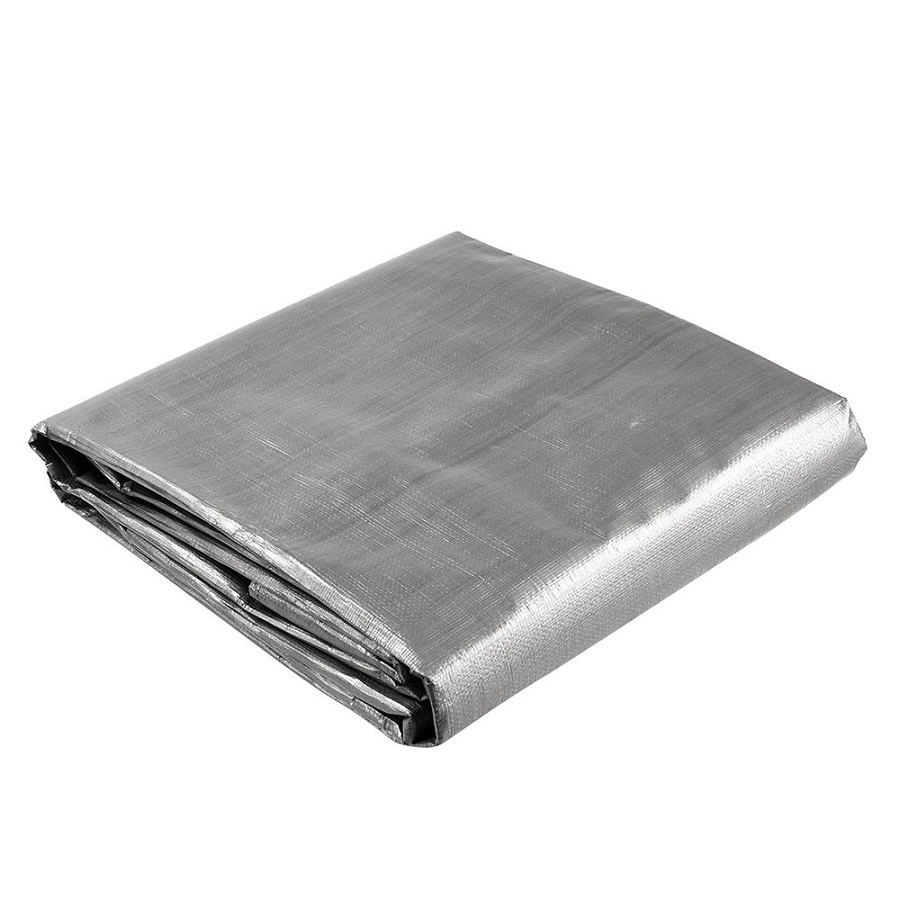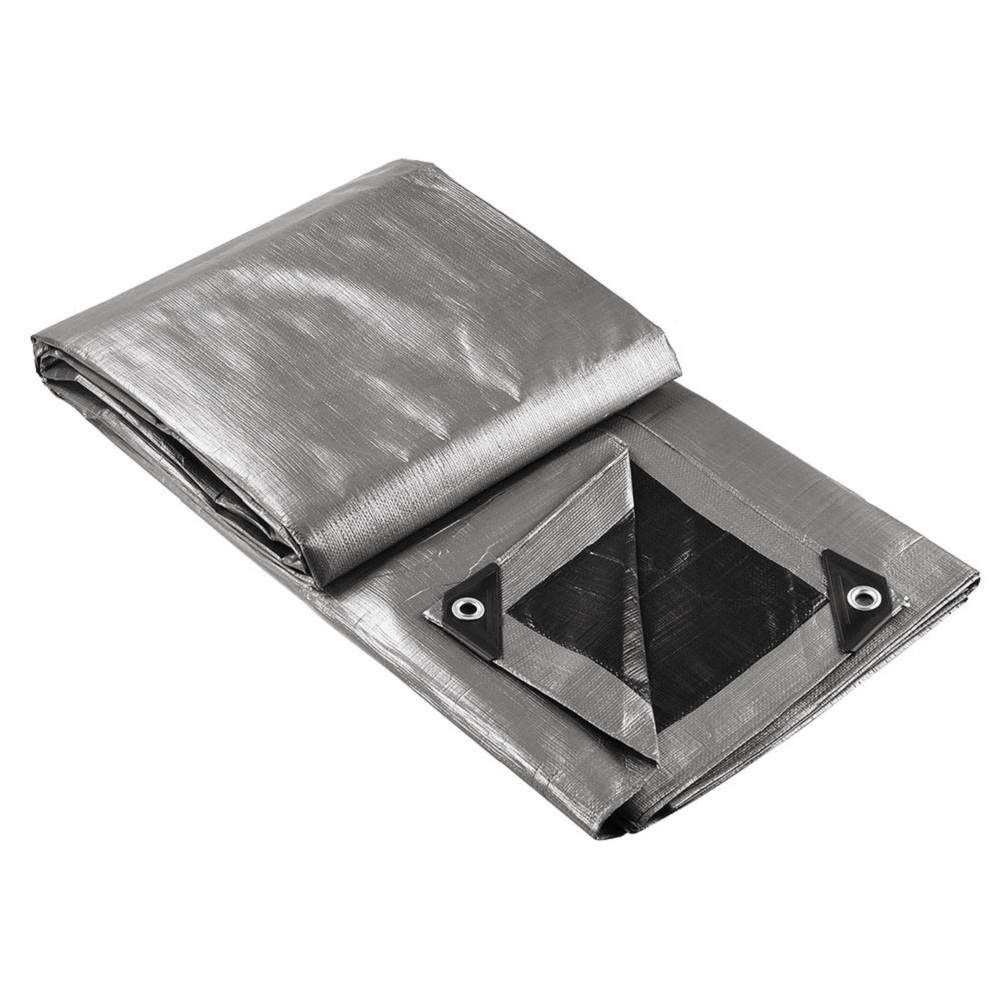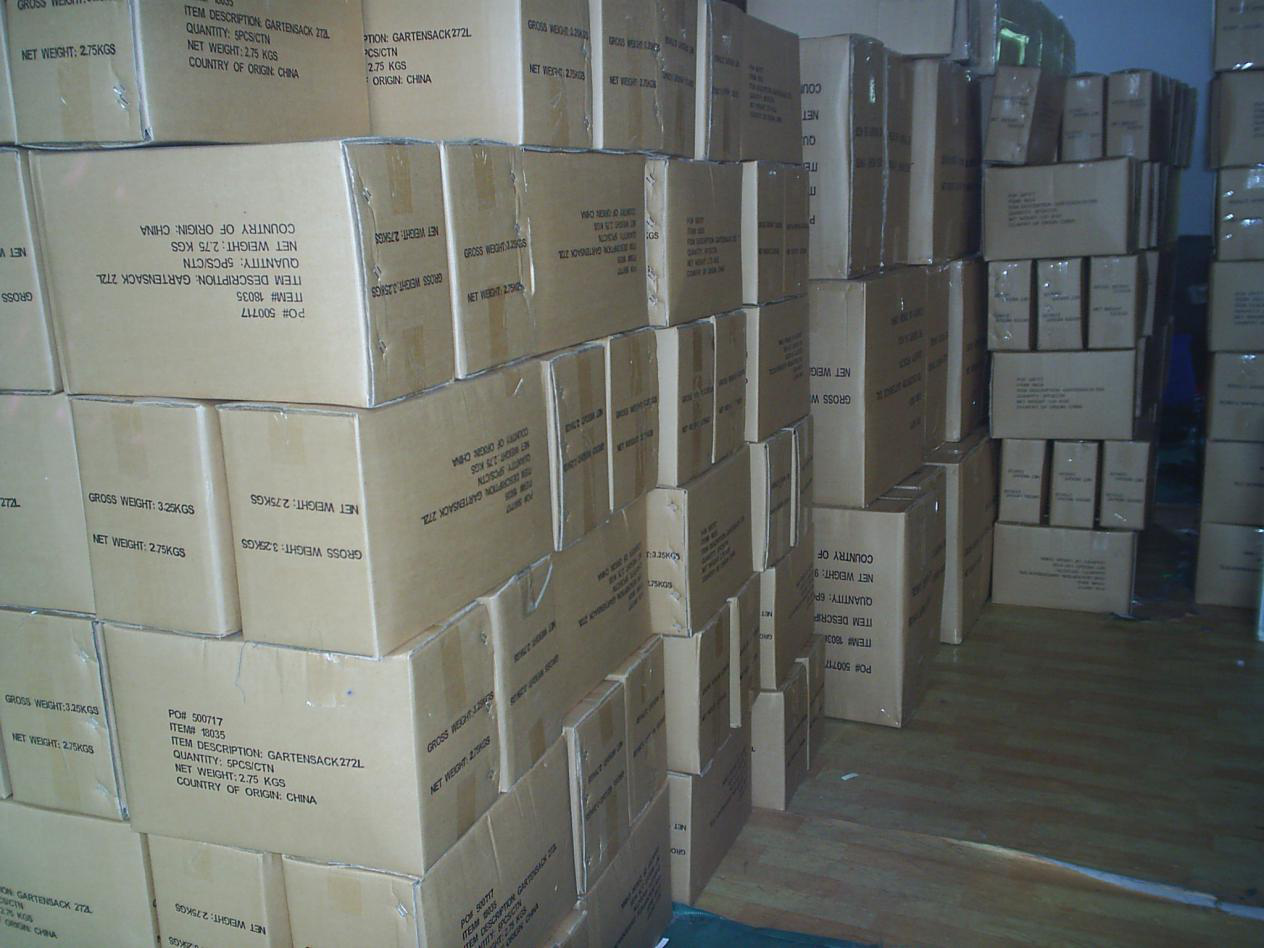The valve usually consists of a valve body, a valve cover, a valve seat, an opening and closing member, a drive mechanism, a seal, and a fastener. The control function of the valve is achieved by the drive mechanism or fluid driving the opening and closing member to lift, slide, swing or swing to change the size of the flow passage area.
Valves are widely used, and they are closely related to people's daily lives. For example, taps for water pipes and pressure reducing valves for LPG stoves are valves. Valves are also an indispensable part of various mechanical equipment "target=_blank> mechanical equipment such as internal combustion engines, steam engines, compressors, pumps, pneumatic transmissions, hydraulic transmissions, vehicles, ships and aircraft.
Two thousand years before BC, the Chinese used bamboo pipes and cork valves on the water pipelines. Later, they used sluice gates on irrigation channels, used plate check valves on smelting bellows, and used bamboo in well salt mining. Tube and plate check valves extract brine.
With the development of smelting technology and hydraulic machinery, copper and lead plug valves have appeared in Europe. With the use of the boiler, a lever heavy hammer safety valve appeared in 1681. Before the 1769 Watt steam engine appeared, plug valves and check valves have been the main valves.
The invention of the steam engine made the valve enter the field of the mechanical industry. In addition to the use of plug valves, safety valves and check valves, the Watt steam engine uses a butterfly valve to regulate the flow. As the steam flow and pressure increase, the use of a plug valve to control the steam inlet and exhaust of the steam engine is no longer sufficient, so a slide valve appears.
Around 1840, there were successive shut-off valves with threaded stems and wedge-type gate valves with trapezoidal threaded stems, a major breakthrough in valve development. The emergence of these two types of valves not only met the requirements of various industries for pressure and temperature improvement at that time, but also initially met the requirements for flow regulation. Since then, with the development of the power industry, petroleum industry, chemical industry and shipbuilding industry, various high and medium pressure valves have been rapidly developed.
After the Second World War, due to the development of polymer materials, lubricating materials, stainless steel "target=_blank> stainless steel and cobalt-based cemented carbide, old plug valves and butterfly valves have gained new applications, and ball valves and diaphragm valves have been rapidly developed. The variety of globe valves, gate valves and other valves has increased and the quality has improved. The valve manufacturing industry has gradually become an important sector of the machinery industry.
According to the function of use, the valve can be divided into six types: cut-off valve, regulating valve, check valve, diverter valve, safety valve and multi-purpose valve.
The shut-off valve is mainly used to cut off the fluid passage, including the shut-off valve, the gate valve, the plug valve, the ball valve, the butterfly valve diaphragm valve, the pinch valve, etc. The regulating valve is mainly used to regulate the pressure and flow of the fluid, including the regulating valve, the throttle valve, Pressure reducing valves and float regulating valves; check valves are used to prevent reverse flow of fluids; diverting valves are used to distribute fluid passages, or to separate two-phase fluids, including spools, multi-way valves, traps, and rows Air valve, etc.; safety valve is mainly used for safety protection to prevent boiler, pressure vessel or pipeline from being damaged by overpressure; multi-purpose valve is a valve with more than one function, such as the stop check valve can both start and stop and start and stop Back to action.
Industrial pipeline valves can be divided into vacuum valves, low pressure valves, medium pressure valves, high pressure valves and ultra high pressure valves according to the nominal pressure. Valves can be divided into normal temperature valves, medium temperature valves, high temperature valves and low temperature valves according to working temperature; It is classified according to the type of the drive device, the connection with the pipe, and the materials used for the valve body. The valves may be named individually or in combination according to various classification methods, or may be named according to the structural features of the opening and closing member or the specific use.
The basic parameters of the valve are working pressure, operating temperature and caliber. For a wide variety of valves used in industrial pipelines, nominal pressure and nominal diameter are commonly used as basic parameters. Nominal pressure is the maximum working pressure that a valve of a material is allowed to withstand at a specified temperature. The nominal diameter refers to the nominal inner diameter of the end of the valve body to the pipe.
Valves have different requirements according to their types and uses, mainly including sealing, strength, regulation, circulation, opening and closing performance. When designing and selecting valves, in addition to considering basic parameters and performance, consider the performance of the fluid, including the phase of the fluid (gas, liquid or solid particles), corrosivity, viscosity, toxicity, flammability and explosiveness. , precious rarity and radioactivity.
Sealing performance and strength performance are the most basic and important performance of all valves. The seal of the valve is divided into two parts: inner seal and outer seal. The inner seal is a seal between the valve flap and the valve seat; the outer seal is a seal between the valve stem moving portion and the valve cover, between the valve body and the valve cover, and between the valve body and the pipe coupling portion. Valves require not only good sealing performance but also safety.
If the leak occurs due to poor sealing or the parts are damaged due to insufficient strength, different degrees of economic loss, such as transporting toxic, flammable, explosive or highly corrosive fluids, may also result in serious safety accidents. In order to ensure the sealing and strength of the valve, in addition to the need to comply with the relevant standards to properly design the structure and ensure the quality of the process, the material must be selected correctly.
Generally, valves for low pressure non-corrosive fluids use cast iron or cast copper; cast steel or forged steel for high and medium pressure valves; alloy steel for high temperature or high pressure valves; stainless steel valves for corrosive fluids" target=_blank> Stainless steel, plastic, corrosion-resistant alloys (such as copper-nickel-molybdenum alloys, titanium alloys, lead alloys, etc.) or made of cast iron, cast steel lining corrosion-resistant materials.
Usually, the sealing surface of the low pressure valve is mostly made of brass or bronze, and the high and medium pressure valves are mostly made of stainless steel "target=_blank> stainless steel, which requires a high-pressure, medium-pressure valve or high-temperature valve to use cobalt-based cemented carbide. Materials have been widely used in valves. For example, the valve seat of the ball valve is mainly made of PTFE plastic, the sealing ring of the butterfly valve and the diaphragm of the diaphragm valve are made of various rubber materials. These materials have more than the metal in the temperature range that can be used. Good sealing.
With the development of modern nuclear industry, petrochemical industry, electronics industry and aerospace industry, as well as the development of automatic process control and long-distance fluid transportation, modern cryogenic valves, vacuum valves, valves for nuclear industry and various regulating valves have been promoted. development of. There are more and more applications for valve drives for remote control and program control.
Future valve development will expand product parameters, develop energy-saving, labor-saving and self-control valves, improve structure, adopt new materials and new processes, improve valve life, and develop special valve series, such as for liquid oxygen, Cryogenic valves such as liquid hydrogen and liquefied natural gas, vacuum valves, valves for nuclear industry, safety valves, regulating valves, traps and valve actuators.
Http://news.chinawj.com.cn Editor: (Hardware Business Network Information Center) http://news.chinawj.com.cn
Eastco Industries Corp. Limited is professional to produce various of PE Tarpaulin,PE tarpaulin sheet ,ready made tarpaulin and PE tarps in roll.
Our PE tarpaulin is 100% virgin ,first grade quality.
We can make any size and any color as per the customer`s request.
Our weight is 45-300gsm. There will be one aluminium eyelet every meter ,every yard or 3 Feet.
Our packing is bale or carton.
Our popular products include:Grey PE Tarpaulin,Blue PE Tarpaulin,Green PE tarps,White PE sheet,
Orange plastic tarp,Black waterproof tarpaulin cloth, Silver poly tarp, Yellow tarpaulin roll, Red Tarpaulin Fabric,Brown heavy duty tarps,Clear truck tarp, Camouflage tarpaulin,Stripe PE tarps.
The Grey PE tarpaulin also called silver tarpaulin.The grey color can be heavy or light.




Grey PE Tarpaulin
Grey PE Tarpaulin,Lightweight Grey PE Tarpaulin Sheet,Virgin PE Tarpaulin Cover,Industrial Tarpaulin
HEBEI OHONG PLASTIC CO. LTD. , https://www.tarpaulin-factory.com